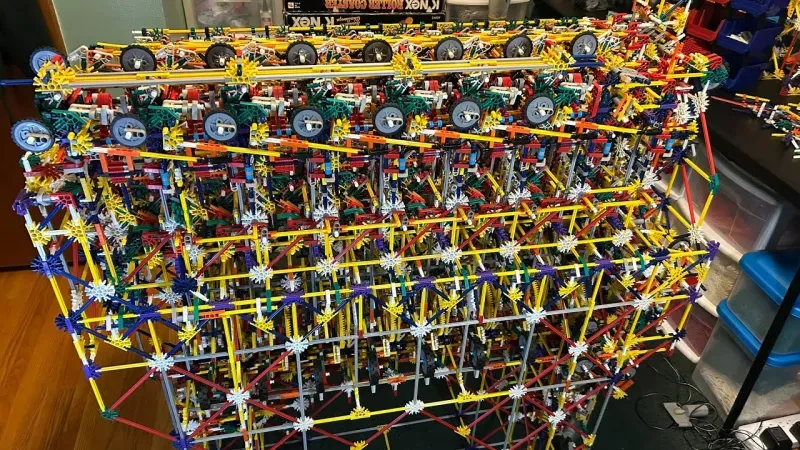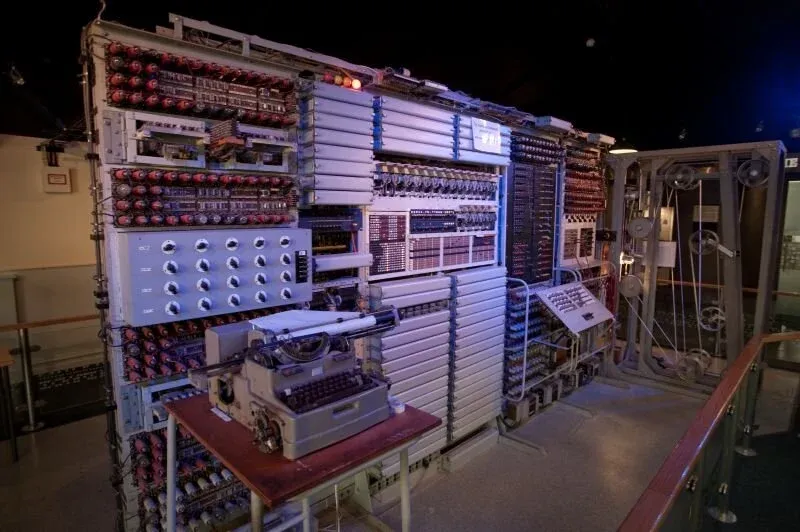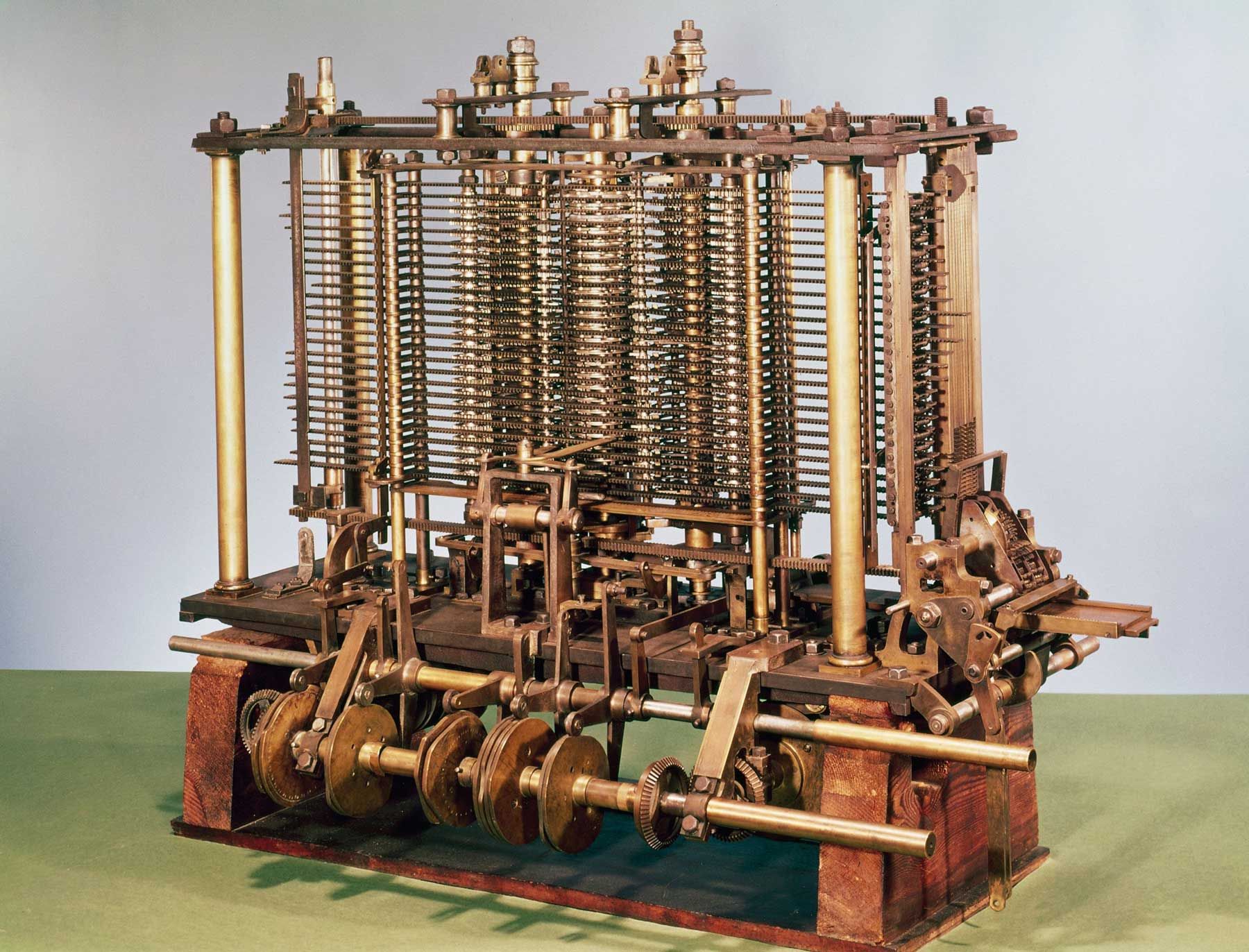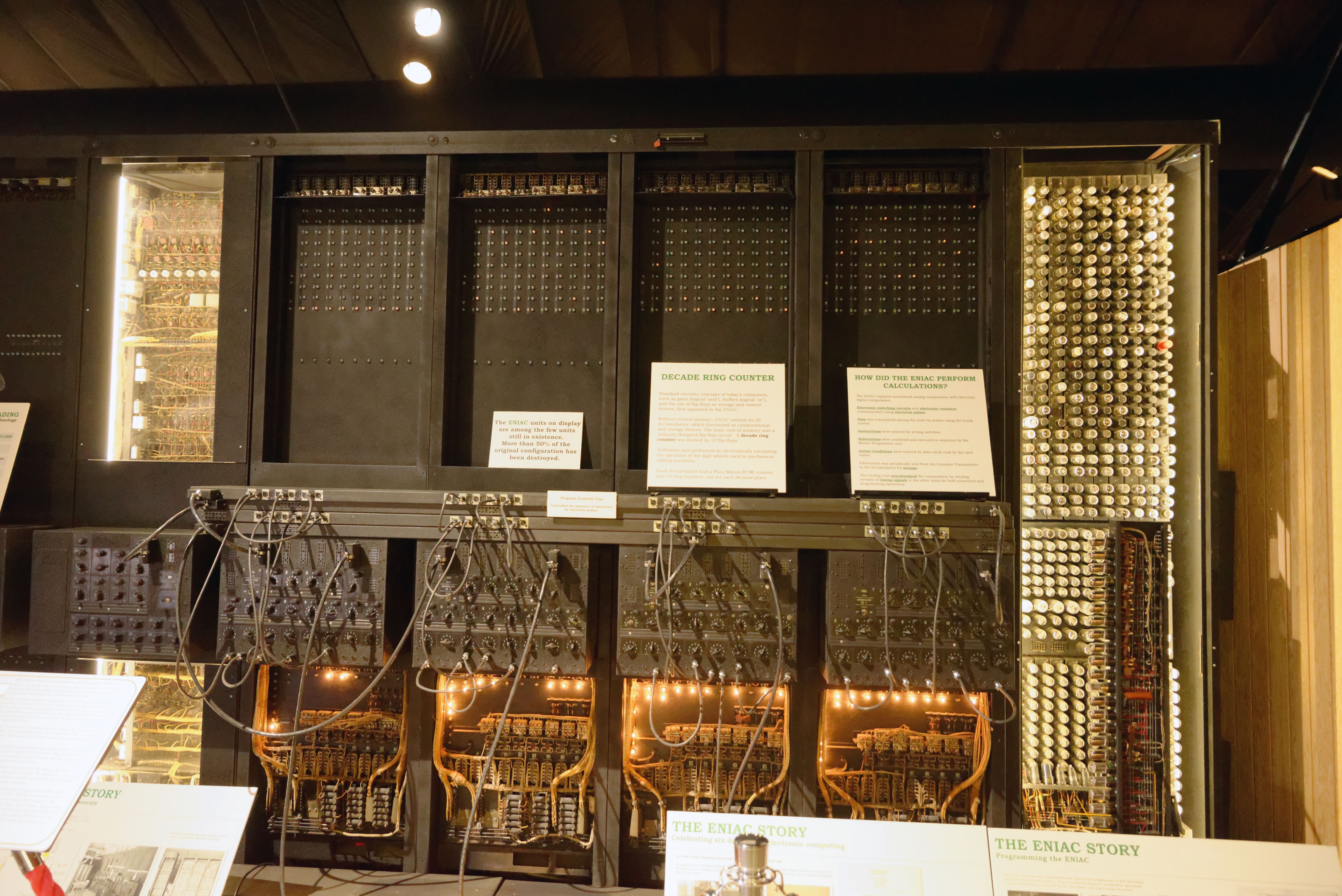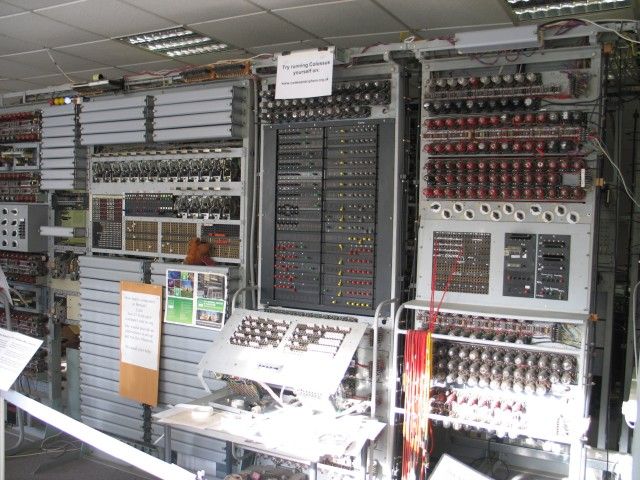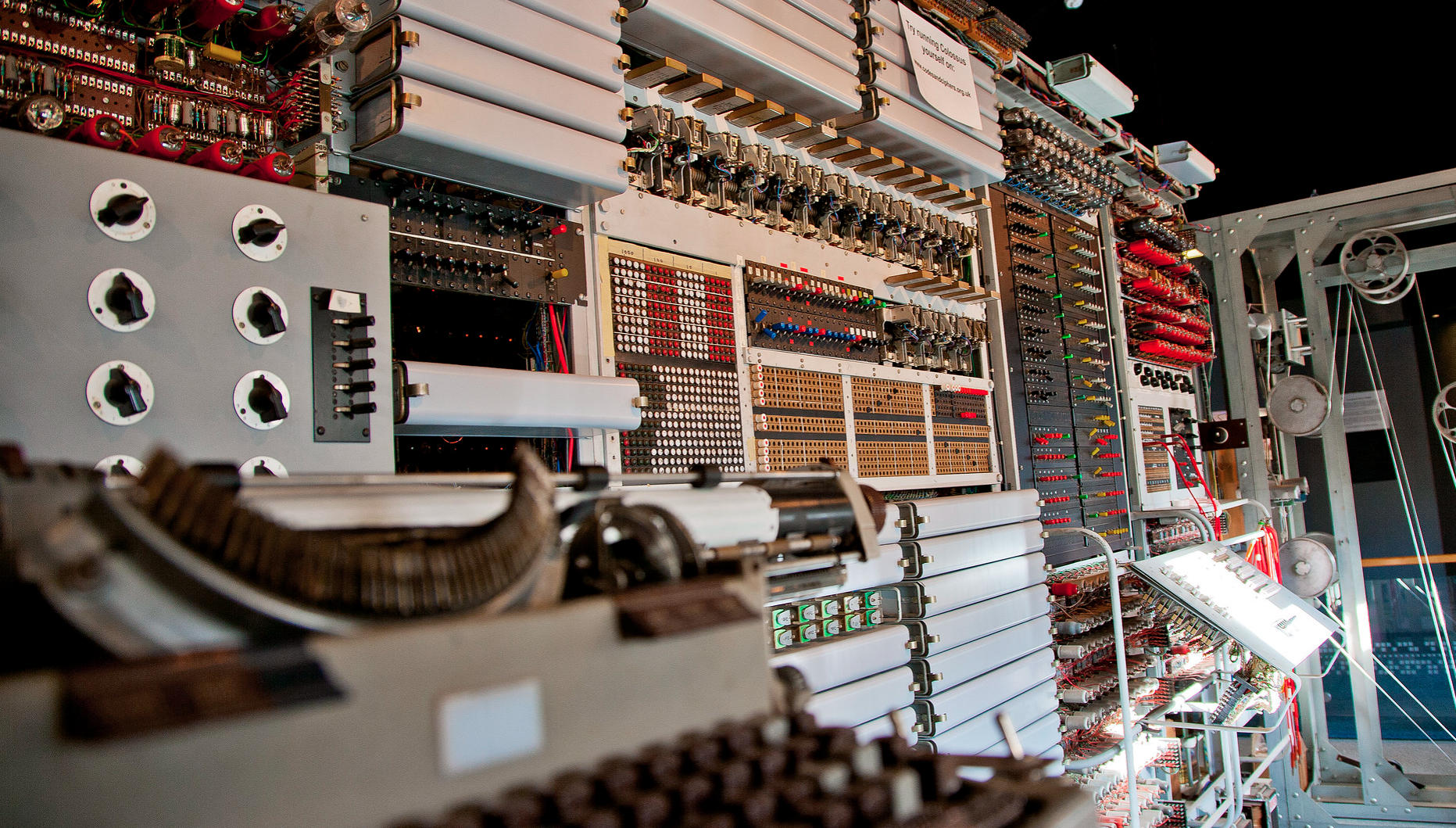What is a computer?
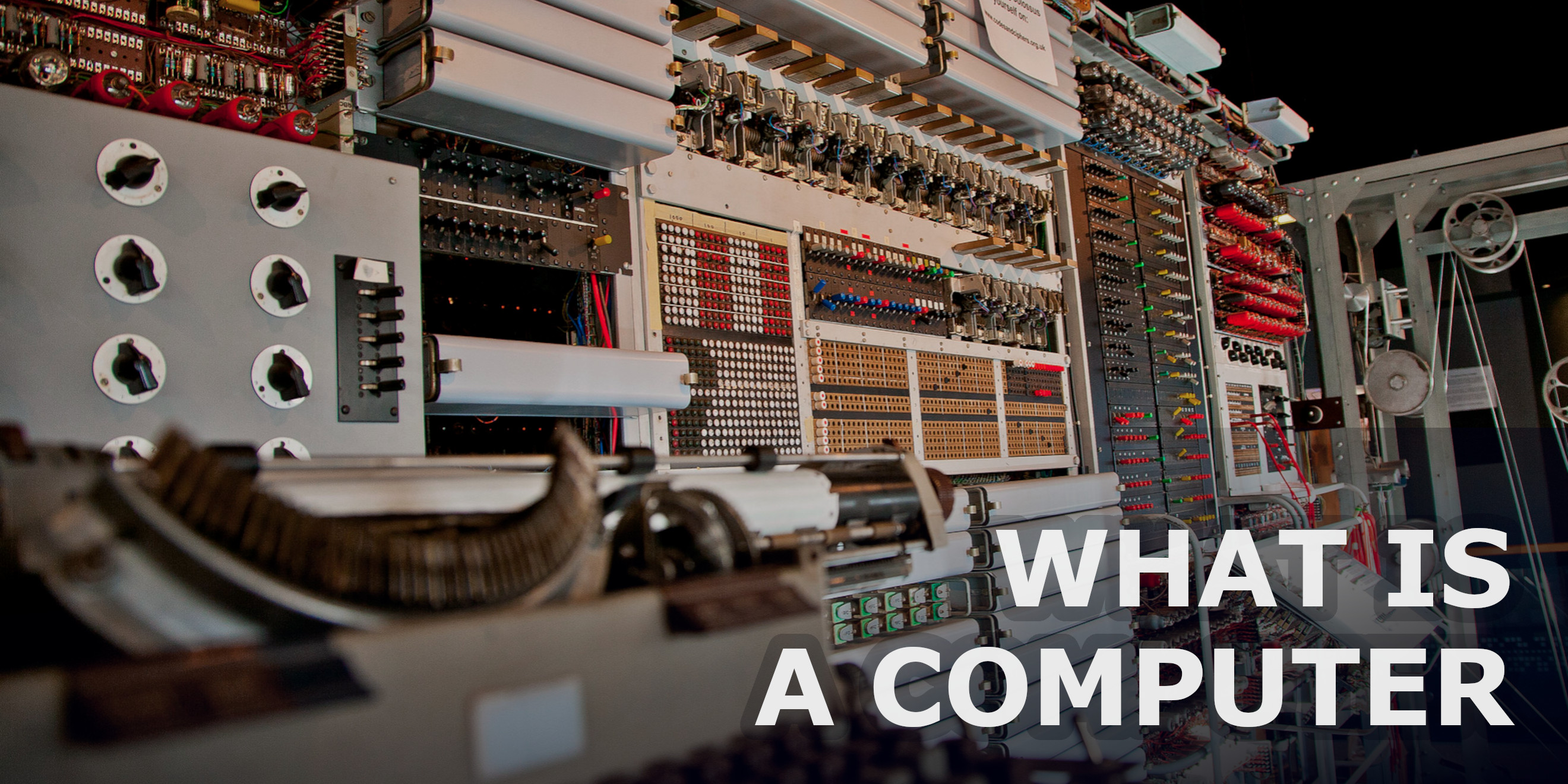
What is a computer?
When most people think of a computer, they picture a laptop, desktop, or maybe even a smartphone — something with a screen, keyboard, and mouse (or touchscreen). In their minds, a computer is a sleek, modern, electronic device powered by silicon chips and electricity. And while that’s true, it’s also not what a computer fundamentally is.
Historical Context
The word computer didn’t always refer to machines. Historically, it referred to people who performed calculations, often with the help of pencil, paper, and maybe a slide rule. These human computers could take in instructions and data, follow a step-by-step process, and produce results. They were called "computers" because they computed.
It wasn’t until the 1830s that a mathematician and philosopher named Charles Babbage thought of the idea of a machine that could do this work automatically — more reliably and faster than humans. Babbage designed the Analytical Engine, the first general-purpose computer. It had memory (the “store”), a processing unit (the “mill”), and could perform conditional branching and loops and it was programmable via punched cards.
Charles Babbage invented the computer in 1830s. It was a marvel of engineering. It did not use electricity, did not follow boolean algebra or compute in binary. It didn't use logic gates either. It was mechanical — it had gears and levers, cogs and wheels. It computed in decimal instead of binary. But it was a real computer: it could execute instructions and process data.
A computer is anyone or anything that can follow instructions and process data.
A computer is anyone or anything that can follow instructions and process data. It doesn't need electricity. It doesn't matter how it is powered or run. It doesn't matter if it uses logic gates or computes in binary, as long as it is able to execute instructions and process data. Another way of saying it:
A computer is any device or machine that stores information, executes instructions, and alters the information based on those instructions.
The Essence of a Computer
A computer is anyone or anything that can follow instructions and process data. The defining qualities are:
- Execute instructions — follow a defined sequence of steps.
- Process data — manipulate information according to those steps.
Whether it’s done with gears, valves, relays, transistors, neurons, or light beams doesn’t matter. People have even built computers using Lego parts. These are just implementation details.
First Computers Built
The Analytical Engine was never fully built, partly due to financial constraints and partly because the engineering capabilities of the time could not produce the delicate, precise parts it required.
Fast forward to 1938 — exactly 100 years after Charles Babbage conceived the Analytical Engine — when Konrad Zuse built the Z1, another general-purpose computer. Like the Analytical Engine, it was mechanical, but it operated in binary and used logic gates implemented purely with sliding plates and rods. Nonetheless, it was a real computer. It could do anything a modern computer can, limited only by its speed and physical size.
The 1940s — The Room-Filling Era
Soon after, in 1941, Zuse completed the Z3. This was the world’s first fully functional, programmable, digital computer. Unlike the Z1, it used electromechanical relays instead of purely mechanical plates and rods, making it faster and more reliable. The Z3 could store programs on punched film and execute them automatically — a major leap forward in computing history.
In Britain, engineers built Colossus (1943) to help crack German wartime codes. It wasn’t a general-purpose computer, but it was blazingly fast at its job, thanks to thousands of vacuum tubes switching on and off like lightning compared to mechanical relays.
Across the Atlantic, in 1945, the ENIAC appeared — a room-sized, fully electronic general-purpose computer with 18,000 vacuum tubes. It could do in seconds what took human computers hours, but “reprogramming” it involved unplugging and reconnecting cables by hand.
1950s — 1960s Mini Computers
More than 20 years after Zuse’s Z1, the mid 1950s and 1960s saw the arrival of the minicomputer. Don’t be fooled by the name — these machines were still the size of refrigerators, but compared to a Colossus or ENIAC, they were positively modest.
The real revolution came with the transistor (invented in 1947, adopted in computers during the 50s), which replaced bulky, hot, power-hungry vacuum tubes with tiny, cool, reliable switches. This meant computers could be made smaller, faster, and more affordable — edging them out of government and corporate basements and into universities and labs.
By the 1960s, computers were showing up in banks, offices, and factories. IBM’s System/360 (1964) introduced the idea of a family of computers that all ran the same software, from small machines to giant mainframes.
Computers were still big, expensive, and used primarily by organizations, but programming languages like COBOL and FORTRAN were making them far more practical. You didn’t need to be an electrical engineer to tell one what to do — just a programmer with a stack of punch cards.
The 1970s — The Microcomputer
Another 20 years later came the microcomputer. This was the moment computers truly began their journey into everyday life. The invention of the microprocessor in 1971 put the entire CPU onto a single chip, small enough to fit in your hand. Suddenly, a computer didn’t have to take up a whole room — it could sit on a desk.
By the mid-70s, hobbyists were assembling Altair 8800s in garages, and two young guys named Bill Gates and Paul Allen wrote software for it. Around the same time, Steve Jobs and Steve Wozniak built the Apple I. The modern era of the personal computer was born.
A Timeline of the History of Computers
- 1830s — Computer invented: Charles Babbage’s Analytical Engine.
- 1940s — Room-filling giants: Colossus, ENIAC, Z3
- 1950s - 1960s — Minicomputers and the transistor revolution.
- 1970s — Microcomputers: the personal computer era begins.
- 1980s — IBM PC standardizes the personal computer market and the home/office computing begins.
